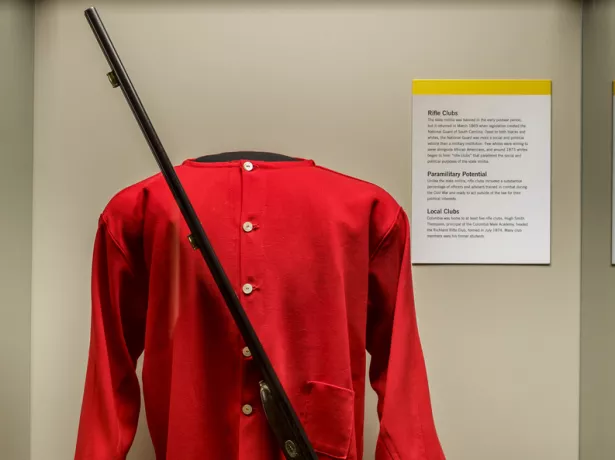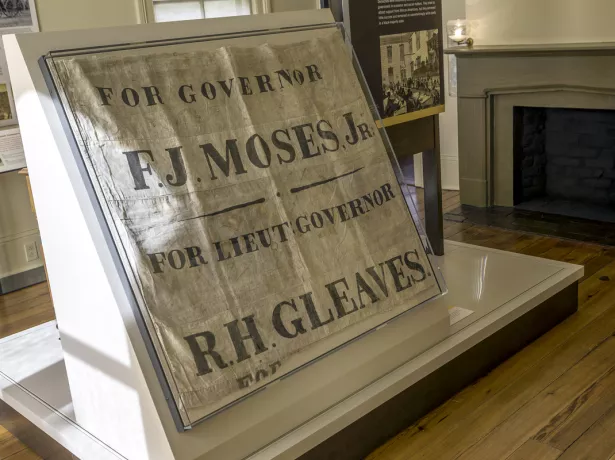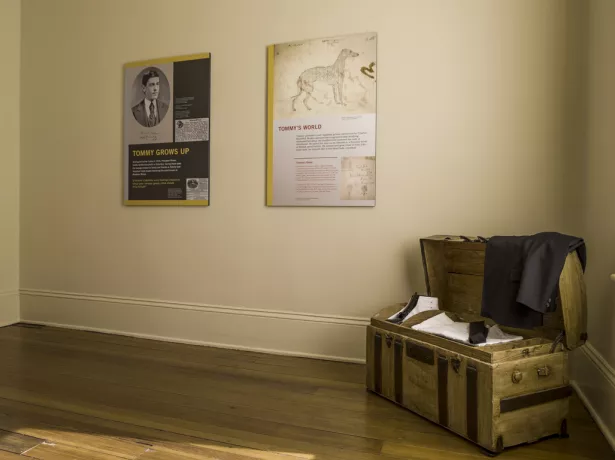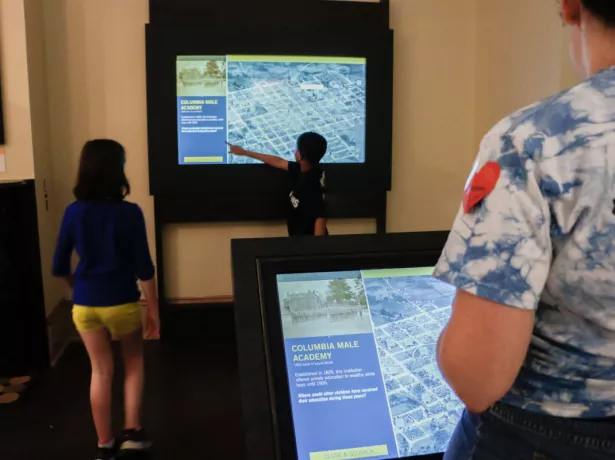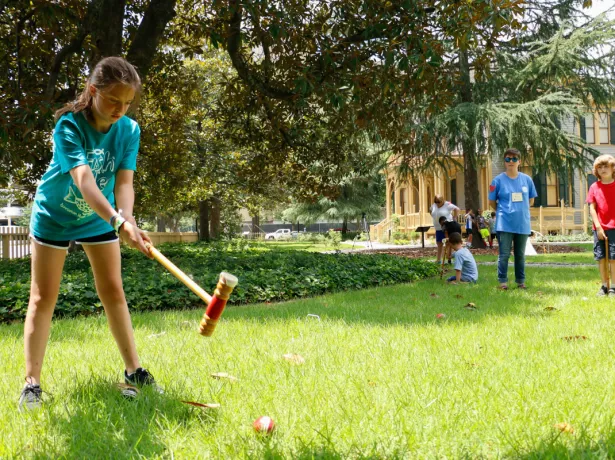The Museum of the Reconstruction Era
Museum of the Reconstruction Era
The Museum of the Reconstruction Era at the Woodrow Wilson Family Home is the nation's only museum dedicated to showcasing the post-Civil War Reconstruction period and is housed in South Carolina's only remaining presidential site. Through a multifaceted interpretation, The Museum of the Reconstruction Era interprets Columbia’s late 19th-century history in order to dispel the myths of Reconstruction that are so prevalent in society today.
History
Completed in 1871, this Italian villa-style residence was home to a 14-year-old boy named "Tommy" Woodrow Wilson —the future 28th United States President. During the height of Reconstruction, Wilson's parents built this house, the only one they would ever own. Although the home has changed hands many times since 1874, today it stands as a reminder of the complicated racial history of one of the most misrepresented and misunderstood periods of American history.
Previously promoted as the “Woodrow Wilson Family Home,” in 2014, Historic Columbia shifted the narrative at the site to explore the racial, social, and political landscape of Columbia and Richland County during the post-Civil War Reconstruction Era (1865-77). Following a nine-year, comprehensive rehabilitation, the site reopened in 2014 with 21st-century exhibits that interpret the racial, social, and political landscape of Columbia and Richland County during the Reconstruction era (1865-77).
The repositioning of this site allows Historic Columbia to take a more forward-facing role in addressing the ongoing dialogue around the importance of the Reconstruction Era and the connection to current events. It foregrounds Historic Columbia's work on this pivotal era and more directly acknowledges the organization as a resource for those in search of a deeper understanding of this transformative period in American history. Visitors to The Museum of the Reconstruction Era are immersed in the context of Columbia in the 1870s as they explore how Columbia’s 9,297 residents, black and white, navigated the profound political, social and economic changes of Reconstruction. Through panel exhibits, interactive technologies and guided tours, visitors learn that this was a time when African Americans participated in government, founded churches, claimed access to education and negotiated new terms of labor. African American leaders are highlighted throughout the museum, including Charles M. Wilder, one of the first African Americans appointed as postmaster and Richard Greener, first black graduate of Harvard and the first black faculty member at the University of South Carolina, to name just a few.
Gardens
While little documentation of the original landscape exists, a design inspired by the work of Victorian landscape architect Andrew Jackson Downing has been installed. As was typical of houses of this size, the landscape is divided into a formal pleasure garden to receive guests and a working back yard, which included vegetable and flower beds as well as a kitchen house, privy and carriage house. Current plant selections are derived from period nursery catalogs and include Osmanthus fragrans (Tea Olive), Magnolia grandiflora (Southern Magnolia), Ligustrum sinense ‘Weeping’ (Chinese Privet), and Syringa vulgaris (Common Lilac) as wells as several heirloom chrysanthemum cultivars.
Our horticulture experts have cataloged every plant on our six historic properties—view the garden database.
Virtual Tour
Special thanks to KnowItAll.org for this virtual tour of The Museum of the Reconstruction Era at the Woodrow Wilson Family Home.
Awards
The Museum of the Reconstruction Era at the Woodrow Wilson Family Home has received the following awards:
- 2016 Victorian Society in America Award
- South Carolina African American Heritage Commission’s 2016 Preserving Our Places in History Project Award
- South Carolina Federation of Museums’ 2015 Award of Achievement
- Confederation of South Carolina Local Historical Societies’ 2015 Award of Merit
- 2015 South Carolina Heritage Tourism Award
- American Association of State and Local History's 2015 Award of Merit
- 2014 South Carolina Historic Preservation Honor Award


